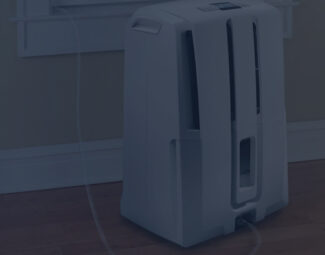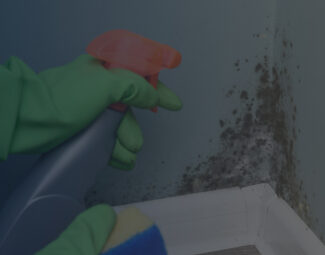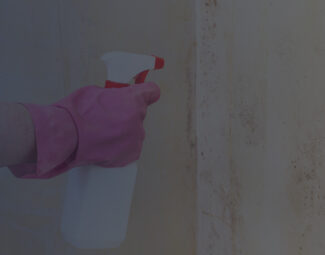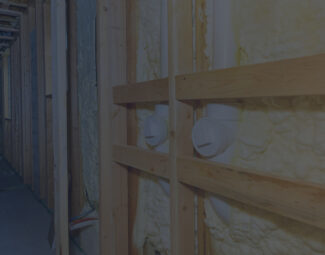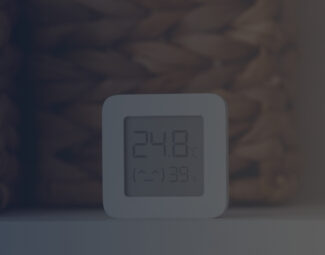M any causes can lead to an increased level of humidity in the bathroom, so it is important to identify them and take action until they start affecting your health and even the integrity of the room. If a constant RH of over 60% is maintained, it can lead to the formation of mold or gradual degradation of the furniture and upholstery. You can start developing breathing issues or find it harder and harder to fight asthma and allergies. Not to mention that if you are unlucky enough to have black mold growing in your space, depression and chronic fatigue are just a step away.
In this article, we will present you with some of the most efficient ways to reduce dampness, and some of them are truly at hand and cheap, so keep on reading to learn how to restore balance and turn your bathroom into a place of tranquility.

Woman Wiping Condensation Off the Cabin After Taking Hot Shower
What Humidity Level Should You Maintain in the Bathroom?
The bathroom is usually one of the places in the house that is most affected by high humidity. The causes are diverse but all include the presence of water which gets absorbed into the air, sometimes to an unhealthy degree. This is why it is essential to keep an eye on the moisture level here, which can easily overcome the highest accepted value. Relative humidity should remain between 30% and 60% for the surroundings to remain healthy, although some specialists suggest that a value under 50% would be recommended. This range should be followed when evaluating the moisture level in the bathroom as well, and if your measurements show a higher value, you should immediately take measures to adjust it.
How to Reduce Humidity Levels in the Bathroom
There are more than enough solutions to reduce moistness and take your bathroom back. You just need to identify the sources that keep pumping water into the air and trigger symptoms specific to humid air like breathing problems or frequent infections caused by bacteria and germs.
Here’s what you can do:
#1. Reduce Condensation
Condensation appears when hot vapors come in contact with a cold surface, resulting in droplets that in time evaporate.
Hot showers and baths are excellent ways to relax but, at the same time, they release vapors that spread around the room until they touch the walls, the ceiling, and the floor. If the surfaces are cold, they will turn back into water and add even more to the already moist environment. In this case, there are two ways to act on this issue:
- Provide better heating for the room - If the air and the walls are warm, condensation will be reduced or even inexistent and the RH will remain the same no matter how many times you take a bath or a shower
- Reduce the frequency of showers or use colder water - It can be invigorating to use colder water, but mostly in the summer, as in the cold season, it can be pretty uncomfortable. Nevertheless, in the winter you can choose to take shorter and less often showers or baths
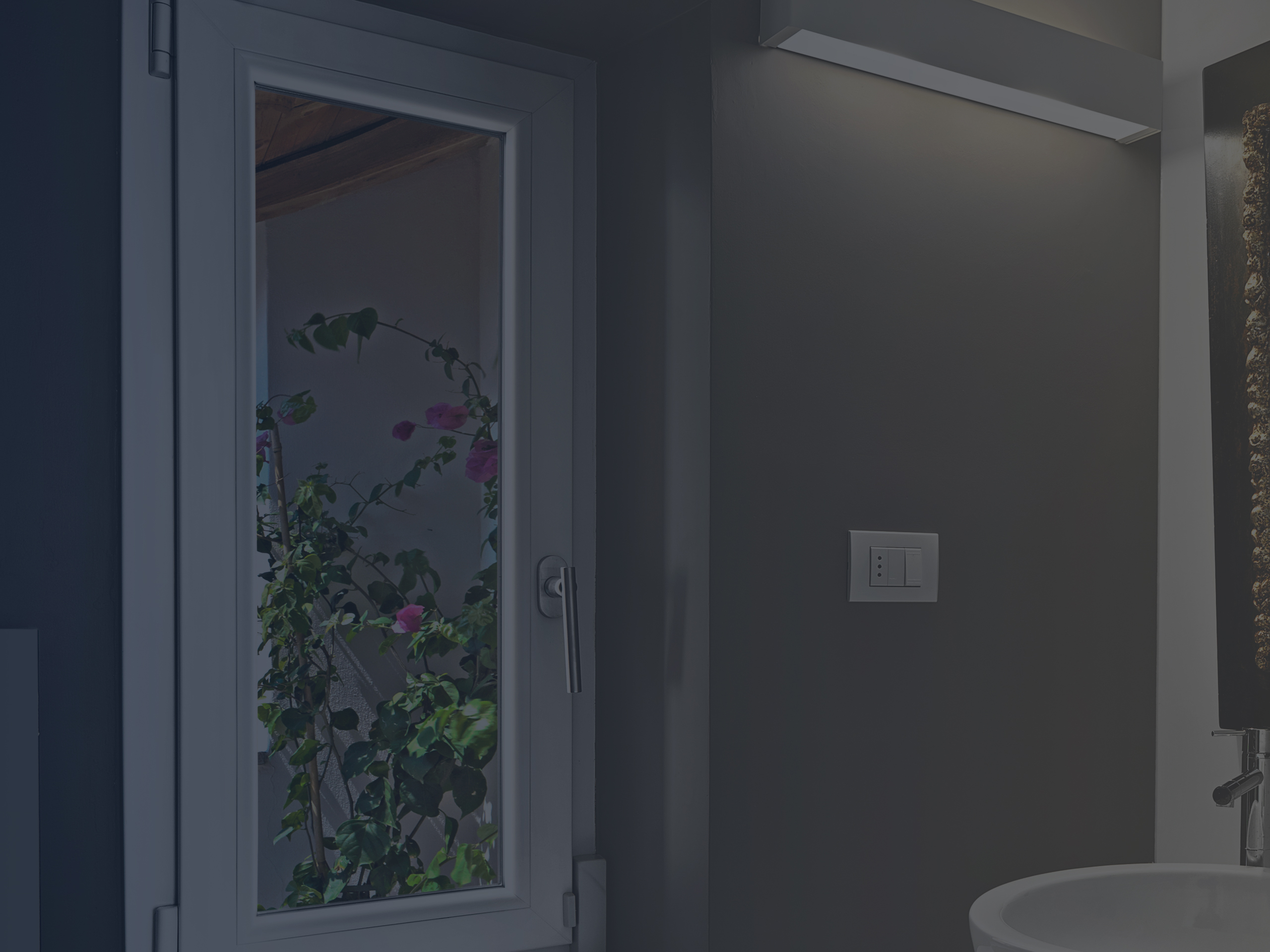
Closed Bathroom Window
#2. Find Ways to Keep the Air Dry
One way to remove the excess water in the entire house, not only in the bathroom, is to make sure fresh air can enter the premises, and old air is well circulated so it can lose some of the moisture. Here are some ideas on how to ensure a drier environment:
- Open the windows and doors - If your bathroom has a window, try to keep it open most of the day, and if possible open all the windows in the house for an hour every day so the air can circulate properly. This will obviously imply keeping the interior doors open as well.
- Circulate the air mechanically - Place a high-quality fan in the bathroom and keep it running until the moisture is removed. You can choose a model with a heating function that will help warm the surfaces and impede condensation
- Invest in a good dehumidifier for the bathroom - The size can vary depending on the surface of the room, but this device will absorb the dampness by collecting the water into a bucket or directing it into the floor drain
- Remove all the wet towels - Do not let them hang until they dry. All the moisture will go into the air, and if the RH is already high it may take days until they dry completely
- Dry out all the surfaces - You have probably observed that vapors deposit on surfaces after a shower. Water can also splash on the floor and make it wet. Mop the water or wipe it with a towel, and thoroughly wipe out the tiles and other objects.
- Use the right paint - Pick a type that won’t encourage condensation. Thus, you will reduce the risk of mold developing on your walls.
- Make sure the vents are functioning properly - If they are clogged or blocked, solve the problem so the moist air can find its way outside.
#3. Check for Bigger Issues
A leaking pipe or poorly-built installation can release water into the room and increase the RH. If the problem is visible and easy to repair, you can fix it yourself, but if it is bigger and persists, you should call for a plumber, who can perform a check-up on your entire water system.
Furthermore, if you recently experienced a major flood, make sure the walls had the chance to dry. It may be difficult to remove water fast if you don’t have the right means. In this case, a commercial dehumidifier can help you draw all the moisture, even if heating isn’t provided and it needs to run through the extreme temperatures of the winter.
Bottom Line
Maintaining a comfortable and safe environment is important, especially if you have kids. High humidity has been linked to several symptoms and lung illnesses that are more prone to develop in infants and individuals with compromised immune systems. Plus, you don’t want your belongings devoured by moisture. It can easily infiltrate the walls and furniture and even ruin your appliances. If the air feels unbreathable, you shouldn’t wait. In the end, it is a problem that can be solved with just a bit more care.



